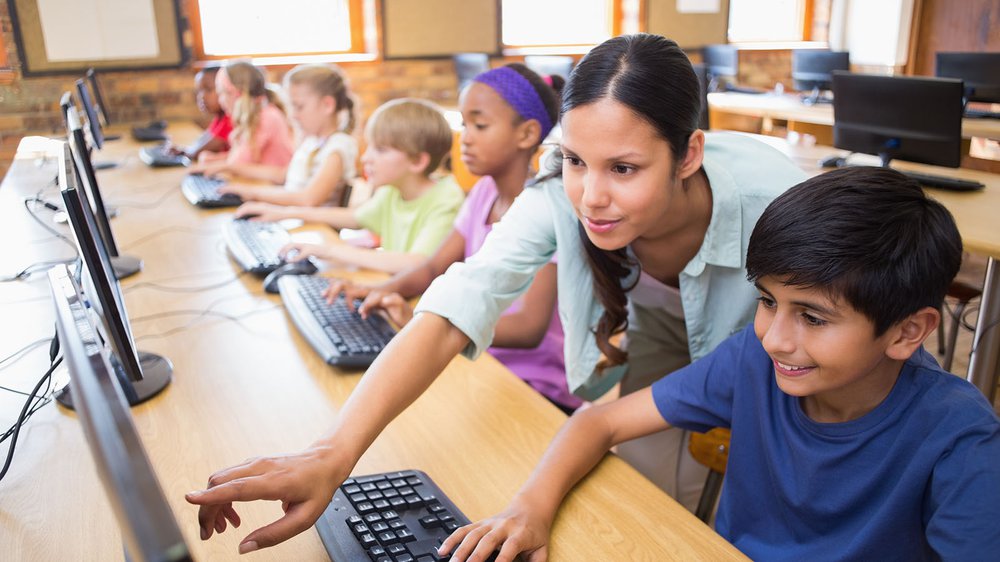When I joined Clay Charter Academy, there were just two weeks left in the school year. That was enough time to learn that 49 percent of our students were below grade-level in reading, and that in some grades that number rose to 70 percent.
As a former reading teacher, I knew if we didn’t address those deficiencies, our youngsters would be facing steep challenges—both in school and in life. Students must master literacy skills in the elementary grades because learning doesn’t stop; the work just gets more difficult, the text gets more complex, and skill gaps are harder to close once students get to middle school.
5 reasons why we use a technology-based personalized literacy solution
To close these gaps, we’re using a technology-based literacy solution for 577 students in grades K-5. Last year, we did a pilot with another program targeting our middle school students and plan to expand implementation next year to assist our older students who are struggling. In both cases, we’re using these personalized reading programs to close the achievement gap and strengthen the pedagogy for our reading teachers. Here’s what we get out of it:
- Data that pinpoints students’ areas of struggle. In a classroom of 30 students, it’s very difficult for a teacher to diagnose the individual reading issue a child may be having. With the reading program, we can show teachers exactly where their students are struggling and enable them to address those problems directly. Technology has definitely been a game-changer for us as a school. Once I know what's impeding the child's comprehension or fluency, the program can give that child support on fluency through guided practice, independent work and may even suggest teacher-led small group instruction. In every case, it helps us drill down to meet those students' granular needs and work to close the literacy gap.
- The ability to “break down” the classroom. This year we made a big effort to dig down into students’ progress reports which, in turn, help us break down the classroom. For example, if I have a classroom of 15 students, and if two of them are at high risk of not meeting grade-level goals, those teachers can easily determine their small groups for instruction and create a response-to-intervention plan (RTI). We’ve used the data this year to create our RTI plans for reading instruction and also our small groups. We’re doing this across all K-8 students. Using the program in bite-sized pieces really helped us better understand the program and what its fidelity should look like.
- More motivated students. Just this morning out in the car line, a student jumped out of the car and said, “Guess what Ms. Taylor? I moved up to the level 14!” This makes me love the program even more, knowing that it’s helping to motivate our students to love the challenge of reading. When the students move up a level, they get a certificate. They see their progress in a sequence that moves them up through the program’s levels. Walking down the hallways of our school, I can see the evidence of this everywhere—our teachers post those certificates in the hallways and on their classroom doors.
- A Supplement to our core curriculum. Our literacy programs incorporate an offline skills component. So, let's say a teacher is working on blending in our core curriculum. If she sees that a student is struggling with certain consonant blends, she can go into the literacy program, find supplemental material, pull out that content, and then assist that specific student. We can do this with both solutions, making it a great supplement for our curriculum.
- Parent confidence in the educational process. If you're not in education, you may not know what's going on when it comes to data and the components of reading. This can be overwhelming for parents. Using the program’s reports, teachers can show student progress and achievements at parent conferences and actually explain how they can help their child at home. That gives our teachers more confidence, and it also helps parents have more confidence in the educational process as a whole. They trust us with their students' education because they see (and understand) the reports.
Talya Taylor is the principal at Clay Charter Academy in Middleburg, Florida. You can learn more about her literacy program here.











